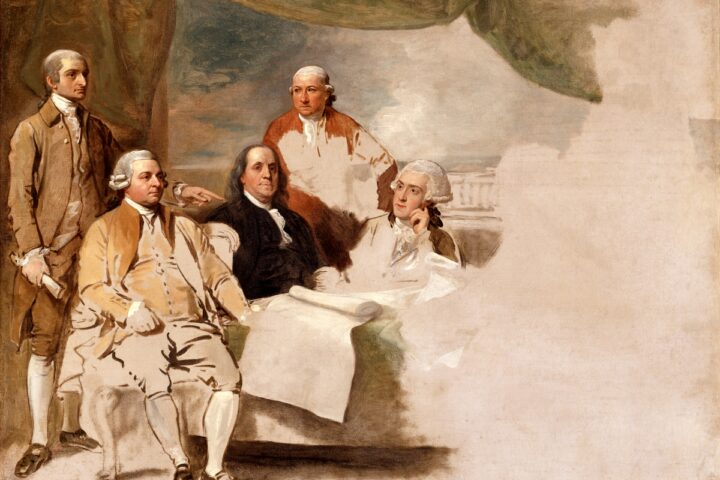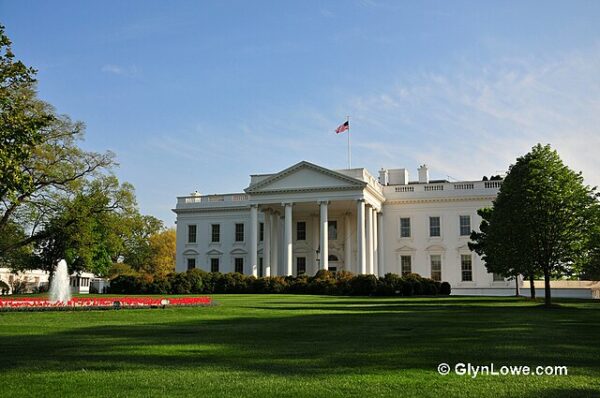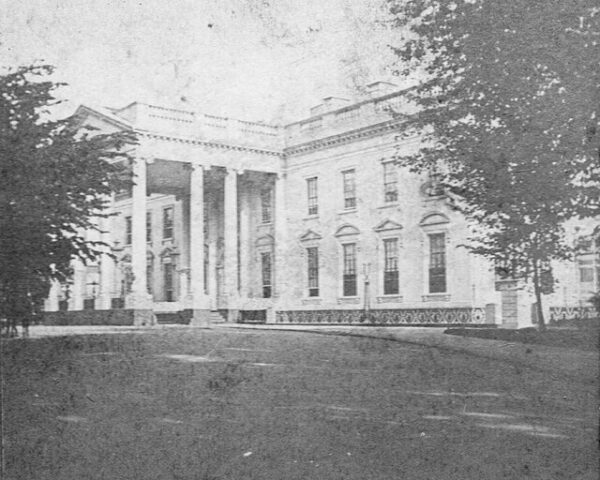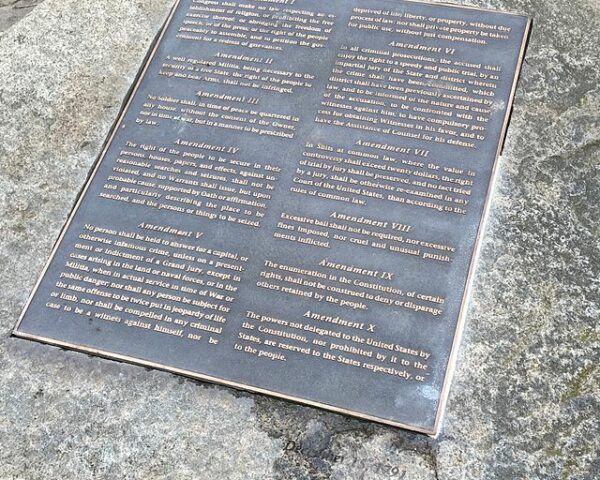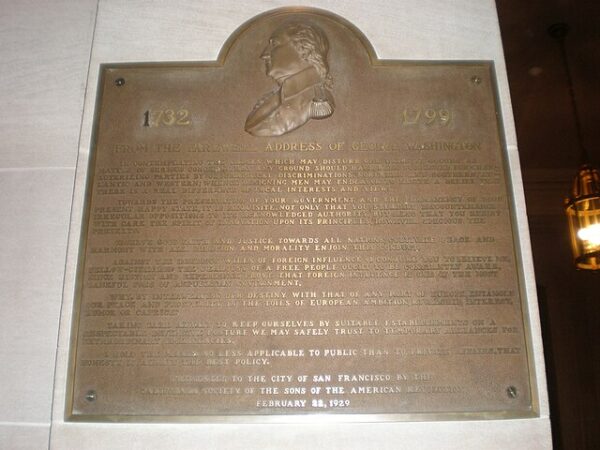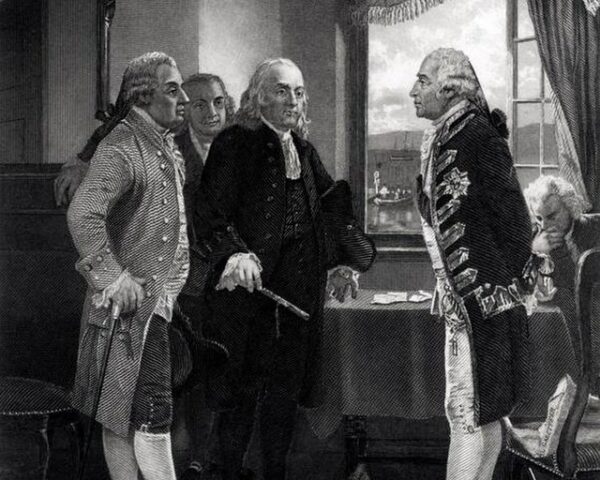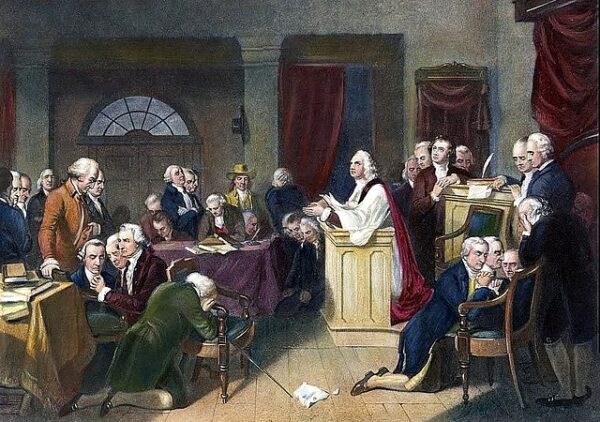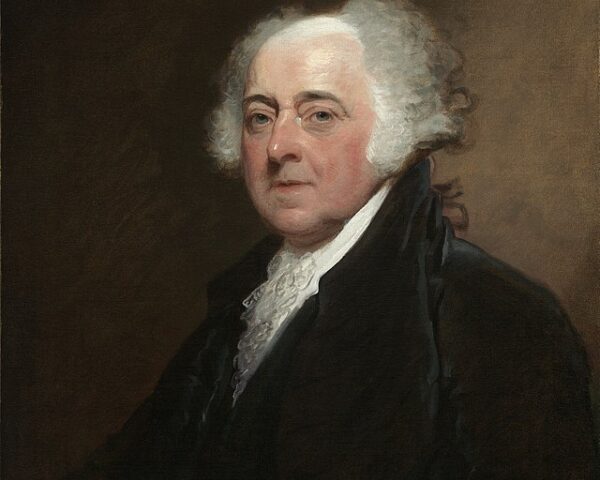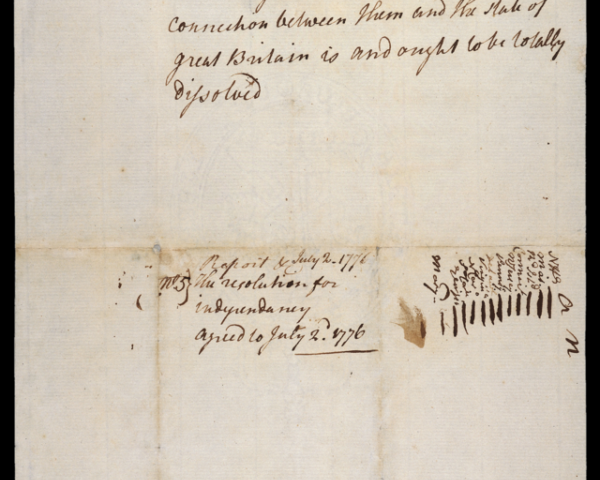The United States became independent on July 4, 1776, but it did not become free from the British until November 30, 1782. The Treaty of Paris, preliminarily signed on that date and sent to both countries for final approval, marked the official end of…
Read MoreOn November 1, 1800, President John Adams became the first leader of the young United States to reside in what would later be known as the White House, marking a pivotal moment in American history. Although still unfinished, the stately Executive Mansion represented the…
Read Moreworkmen laid the cornerstone of the United States Executive Mansion—an act marking the symbolic birth of what would later become known as the White House. The event unfolded amid the fields and forests of a fledgling federal city that existed mostly on paper, a…
Read MoreOn September 25, 1789, the First Congress of the United States proposed to the state legislatures twelve amendments that would enshrine American freedoms directly into the Constitution. Soon to be called the American Bill of Rights, ten were later ratified by the states and…
Read MoreOn September 19, 1796, the father of the United States left the stage for a final time, retiring to “sit in safety under his own vine and fig tree” at Mount Vernon. “After two terms in office, Washington decided to retire from public life, writes the…
Read MoreOn September 11, 1776, in the brief lull following the Battle of Long Island, a small boat ferried three American delegates across the waters of New York Harbor. Their mission was audacious, if not quixotic: to test whether a negotiated peace with Britain might…
Read MoreOn September 5, 1774, Americans took one step closer toward independence with the meeting of the First Continental Congress. As tensions with Great Britain escalated, the colonies recognized the necessity of a unified response to the increasingly oppressive British policies, which many colonists believed…
Read MoreThe Alien and Sedition Acts were a series of four laws passed by the Federalist-dominated 5th United States Congress and signed into law by President John Adams on July 14, 1798. These laws were ostensibly enacted in response to the perceived threat of French…
Read MoreThe late 1790s marked a turning point in American foreign policy, and nothing tested the fledgling country more than the XYZ Affair. Rooted in a failed negotiation with France, the incident triggered a series of events that dramatically altered the course of the French…
Read MoreIn the minds of many Americans, July 4th is the nation’s birthday—the date celebrated with fireworks, patriotic speeches, and parades across the country. Yet it was on July 2, 1776, that the Continental Congress formally broke ties with Great Britain by adopting the Lee…
Read More

